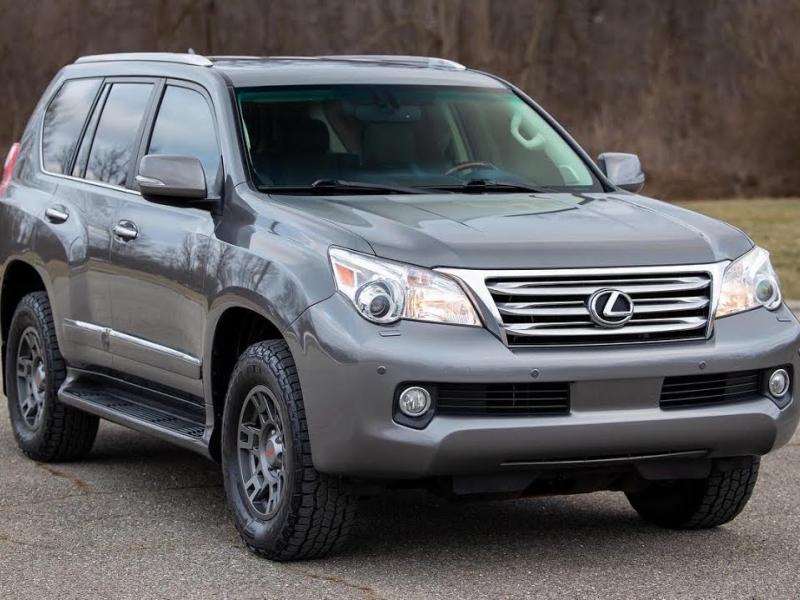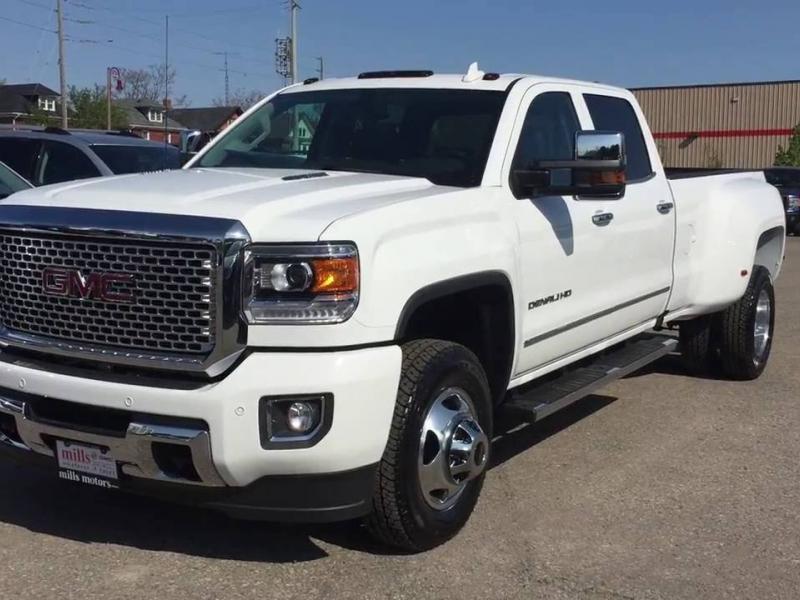Carmaker, legislator talk auto policy on Capitol Hill
Tue, 01/03/2012 - 19:05
The first policy media day of the Washington Auto Show kicked off bright and early today with a carmaker and a legislator who explored the state of the automotive industry from their unique perspectives. While the Detroit Auto Show left us feeling rosy about the products, today’s policy talk made it clear that there are still many hurdles to clear before we will see a truly green automotive economy.
Sen. Jeff Merkley (D-OR)
National Journal Live hosted the morning summit, entitled Driving Innovation: The Role of the Auto Industry in the Green Economy, with Jim Tankersly, Economics Correspondent, leading the first panel discussion with Senator Jeff Merkley (D-Ore.) and Toyota North America’s Chief Communications Officer, James Wiseman.
The two guests began the talk-show style chat with on a positive note about President Obama’s work. “The $80 billion investment in the bailout worked quite well,” said Merkley, remarking on the state of the auto industry today. “The economy is slowly improving,” he added, “emphasis on slowly.”
Automotive retailers sold 12.8 million new cars in 2011, a number that has inched back up since the economic downturn in 2008 according to Wiseman. In 2012, however, the Toyota communications officer predicts 13.6 million in sales industry-wide. “There’s a lot of pent-up demand from people holding onto their cars,” said Wiseman.
Toyota employees 30,000 people and builds 10 of its models here in the United States. Wiseman agrees with Obama’s desire to entice car companies to build their products on American turf. “It’s better to build [vehicles] close to where you’re selling them,” he said, noting that 70 percent of Toyota’s U.S. market offerings will be made here in 2012.
Jim Wiseman, CCO, Toyota North America
Consumer Acceptance
In 2011, the total sales of plug-in hybrids and electric vehicles nationwide was a less-than-exhilerating 0.15 percent. Merkley comes from one of the more enviro-conscious states – Oregon. “For every 10 regular cars sold, 1.5 plug-ins and electric vehicles are sold,” he said.
The Senator promptly brought up a two-word phrase that is treated more like a four-letter word when it comes to new green technologies – range anxiety. According to Merkley, it remains one of the biggest issues for consumers, particularly those in rural areas.
He explained that people want to know they will have enough ‘juice’ to get where they need to go. Consumers are still asking where they will charge their cars. Merkley went on to say that Oregonians prefer hybrids that combine electric and gas motors because it allows drivers more options for shorter and longer trips.
On the other side, the Senator complemented automakers on making these newly adopted vehicles somewhat normal. “It’s amazing how car companies have made these cars normal to drive,” said Merkley. “There is every potential for the Volt and Leaf to be as successful as the Prius.”
Toyota’s chief communicator agrees that consumer acceptance will continue to grow. Regarding new fuel economy standards, Wiseman believes the 54.5 mpg target will be a challenge for all auto manufacturers. “But we’ll get there,” he said, injecting some optimism into the conversation.
Part of the equation is producing vehicles that average consumers can afford. “Innovation will drive jobs,” said Wiseman. Both panelists were also realistic in terms of continuing to produce larger vehicles in fleets. “We’ll still make pickup trucks because there’s a market there, too.” Wiseman added. Merkley, having come from rural Oregon, agreed that the industry cannot ignore the importance of light and heavy duty trucks to those living in suburban America.
Tax Credits and Government Funding
Senator Merkley believes that research dollars on new, greener technologies are well-spent when compared to the $1 billion per day America buys in foreign oil. He also would like to keep the $7,500 consumer tax credit on plug-in electric vehicles – a tax credit that has come under fire from Congressman Mike Kelly (R-Penn.), who earlier this year introduced a bill to remove the taxpayer subsidized incentive.
Wiseman had a differing perspective. “Government support of R&D is a good idea,” he said in response. “But it needs to be aimed at the market, not at companies locating in the U.S.”
The Toyota executive also indicated that he appreciated Obama’s emphasis on manufacturing in his State of the Union address, specifically investing in green and innovative jobs training. “This is key if we want to get young people into these fields,” Wiseman added. “It’s a challenge for auto manufacturers to find people to fill these highly technical roles.” Part of solving the problem, according to Wiseman, begins with changing the way Americans view non-degree, vocational careers.
So What’s All of this Mean?
Overall, the conversation was constructive – both on this panel and the one that followed. (Unfortunately there were too many panelists the second half to provide an insightful recap for you here.) The Policy Summit provided a forum where media and industry representatives (and anyone who tuned in to the live stream) could hear the various arguments to common questions regarding the auto sector’s green future.
If these parties will continue to come together and hold fruitful discussions on the most challenging issues, then it is certainly possible for America to reach its green goals. And in achieving this, we must remember not to forget the consumers, car dealers, manufacturers and taxpayers along the way.
Best Cars Guide will continue to cover the events of the Washington Auto Show, so please stay tuned here or follow us on Twitter and Facebook for updates.

[{"target_id":"254916","alt":null,"title":null,"width":"900","height":"540","url":"\/sites\/default\/files\/articles-images\/fe\/VW-ID3-production-Zwickau-Rtrs-web_0.jpg"}]




